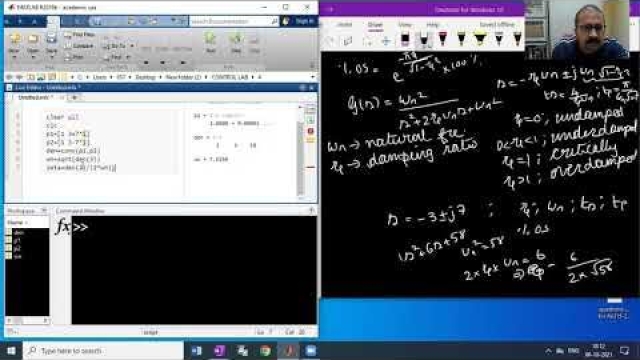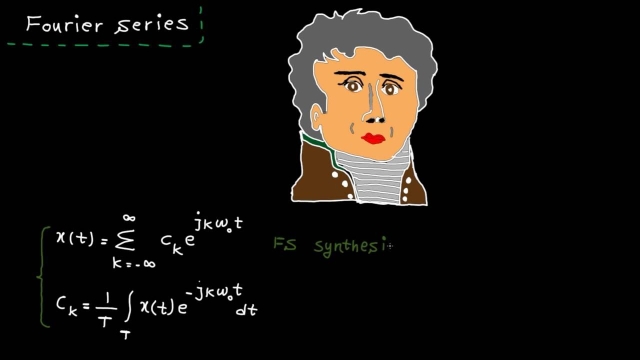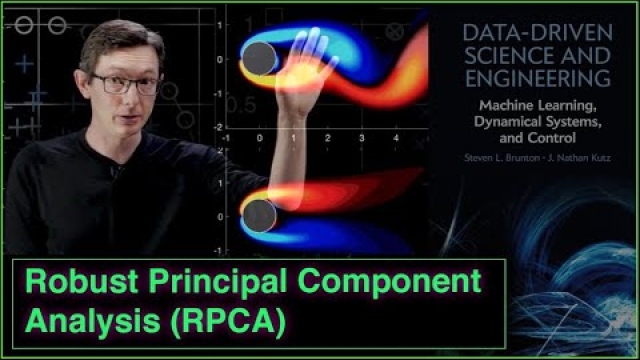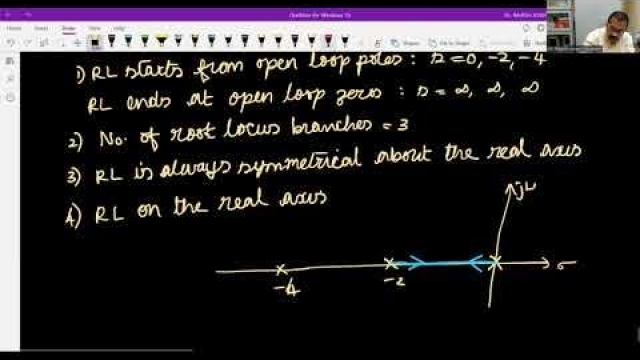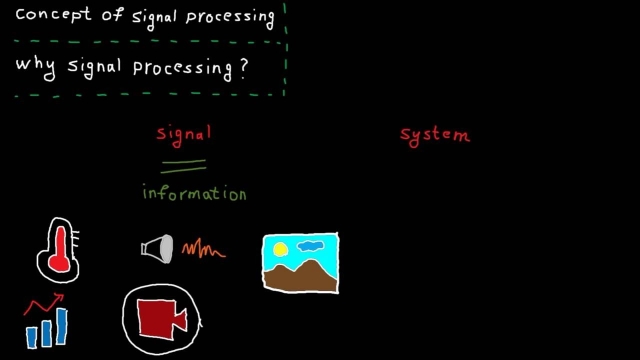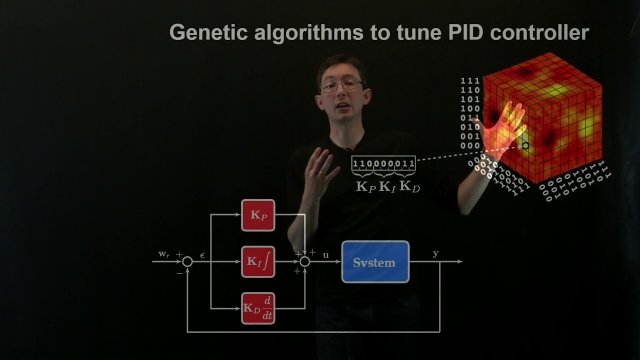
Stanford CS234: Reinforcement Learning | Winter 2019 | Lecture 10 - Policy G...
Professor Emma Brunskill
Assistant Professor, Computer Science
Stanford AI for Human Impact Lab
Stanford Artificial Intelligence Lab
Statistical Machine Learning Group
Understanding Model Predictive Control, Part 3: MPC Design Parameters
To successfully control a system using an MPC controller, you need to carefully select its design parameters. This video provides recommendations for choosing the controller sample time...
See MoreDynamic Modeling in Process Control
I'll show you how we can build the dynamic models necessary to derive process transfer functions as an introduction to process control.
See MoreUnderstanding PID Controller
This blog post begins by walking through the basics and the theoretical part of the PID controllers. The controller is then tested, verified, and analyzed using MATLAB.
See MorePID Control - A brief introduction
In this video, I introduce the topic of PID control. This is a short introduction design to prepare you for the next few lectures where I will go through several examples of PID control....
See MoreWhy Learn Control Theory
In this video I present a few reasons why learning control theory is important and try to give some motivation to continue learning.
See MoreEquations of Motion for a Planar Vehicle
In this video we outline equations of motion for a simple planar vehicle. This model is suitable for vehicles such as boats or hovercraft that that are rest...
See MoreData-Driven Control: Balancing Transformation
In this lecture, we derive the balancing coordinate transformation that makes the controllability and observability Gramians equal and diagonal. This is the critical step in balanced model...
See MoreUsing a Homogeneous Transformation Matrix to Combine Rotation and Translatio...
In this video we discuss how to properly deal with coordinate frames that are both rotated and translated from one another. We develop a homogeneous transfo...
See MorePeter Ponders PID - Integrated Time Absolute Error - 4 Pole example
This video shows how to calculate the coefficients for a 4 pole ITAE and how to use the 4 pole ITAE to calculate closed loop controller gains.
See MoreRouth-Hurwitz Criterion, Beyond Stability
This video explains of few uses of the Routh-Hurwitz Criterion that go beyond simply determining how many poles exist in the right half plane. I cover how to determine gain margin and how...
See MoreThe Routh-Hurwitz Stability Criterion
In this video we explore the Routh Hurwitz Stability Criterion and investigate how it can be applied to control systems engineering. The Routh Hurwitz Stabi...
See MorePeter Ponders PID - FeedForwards - Basics - What they do
Identifying Dominant Balance Physics from Data - Jared Callaham
This video illustrates a new algorithm to identify local dominant physical balance relations from multiscale spatiotemporal data.
See MoreRelationship Between Poles and Performance of a Dynamic System
In this video we establish the relationship between pole locations and associated performance of a dynamic system. This relationship is useful to translate ...
See MoreThe Fourier Transform and Convolution Integrals
This video describes how the Fourier Transform maps the convolution integral of two functions to the product of their respective Fourier Transforms.
See MoreDerivation of the Heat Equation
In this video, we derive the heat equation. This partial differential equation (PDE) applies to scenarios such as the transfer of heat in a uniform, homogen...
See MoreCayley-Hamilton Theorem [Control Bootcamp]
Here we describe the Cayley-Hamilton Theorem, which states that every square matrix satisfies its own characteristic equation. This is very useful to prove results related to...
See MoreControl Systems with MATLAB - Time Domain Analysis
Frequency domain – tutorial 2: Fourier series
In this video, we learn Fourier series which enables us to travel from time to the frequency domain when a signal is periodic. The following materials are co...
See MoreControl Bootcamp: Linear Quadratic Gaussian (LQG)
This lecture combines the optimal full-state feedback (e.g., LQR) with the optimal full-state estimator (e.g., LQE or Kalman Filter) to obtain the sensor-based linear quadratic Gaussian (LQG...
See MoreRobust Principal Component Analysis (RPCA)
Robust statistics is essential for handling data with corruption or missing entries. This robust variant of principal component analysis (PCA) is now a workhorse algorithm in several fields...
See MoreTutorial on Root Locus
Time domain - tutorial 1: what is signal processing?
In this video, we review the concept of signal processing and why it is useful to learn it. Learn Signal Processing 101 in 31 lectures covering time, frequen...
See MoreMachine Learning Control: Genetic Algorithms
This lecture provides an overview of genetic algorithms, which can be used to tune the parameters of a control law.
See More
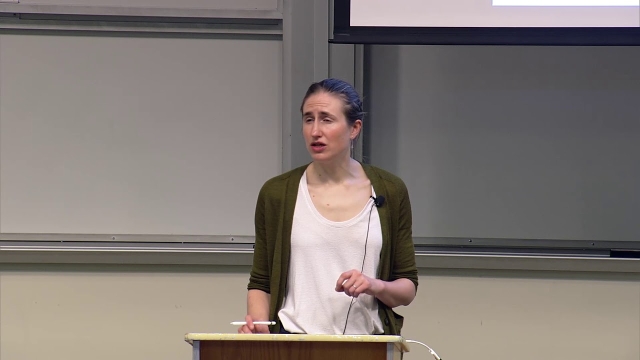
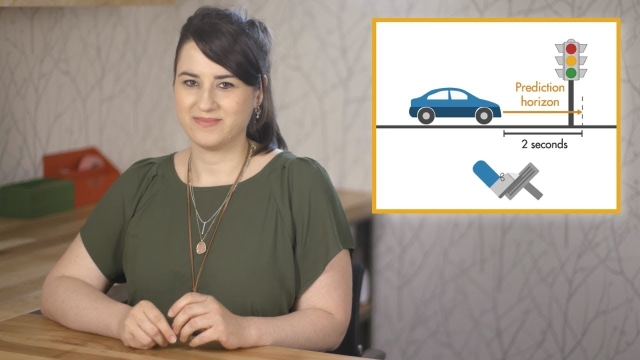
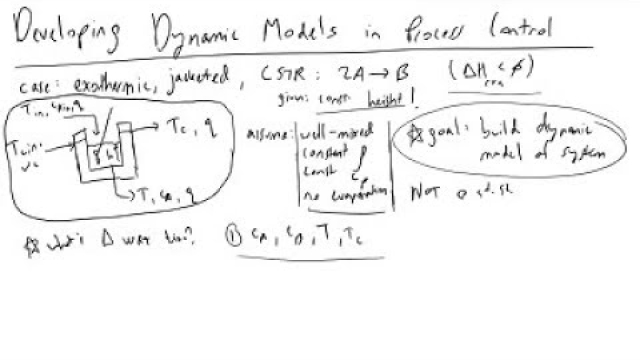
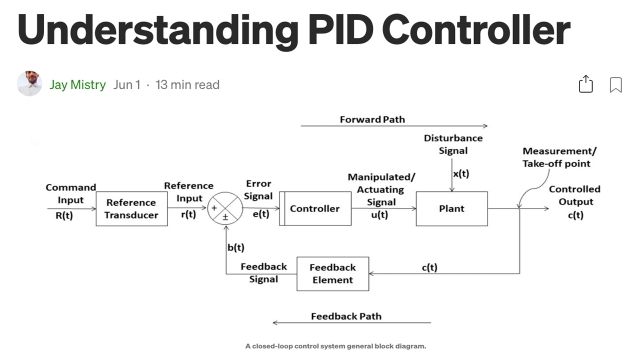
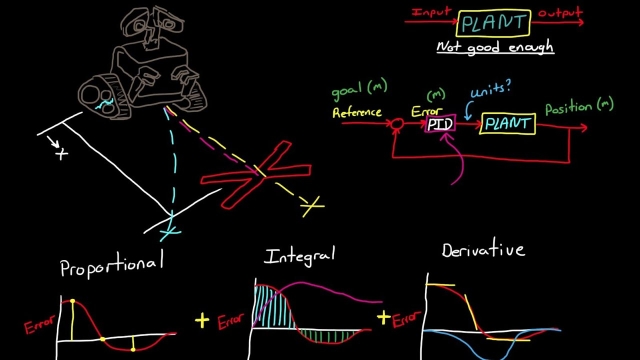
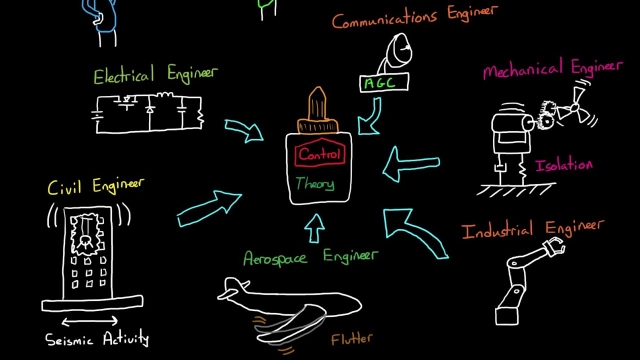
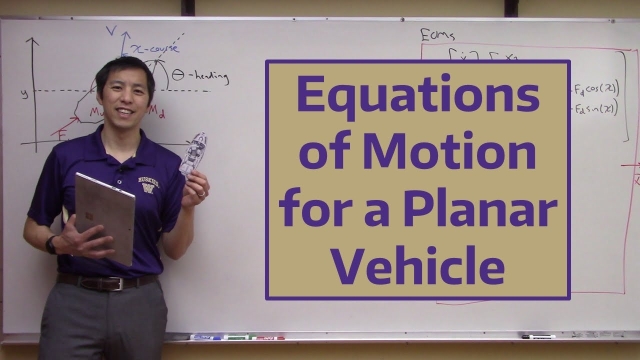
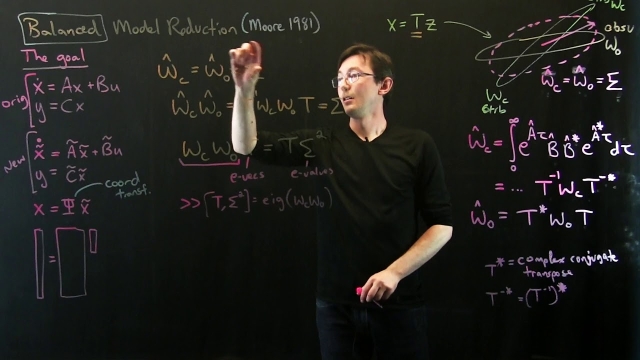
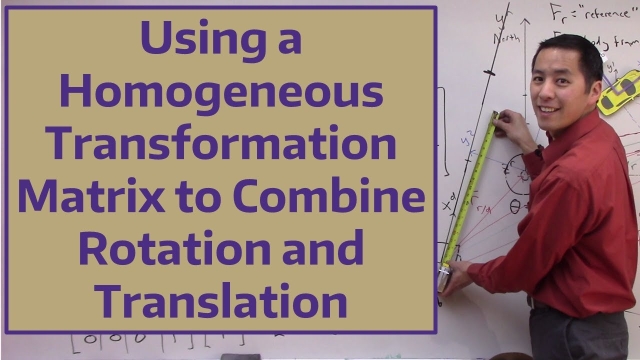
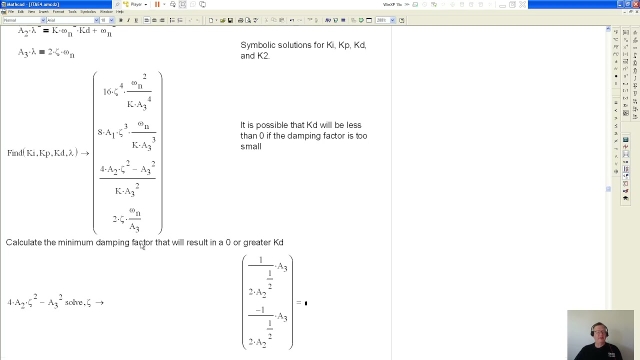
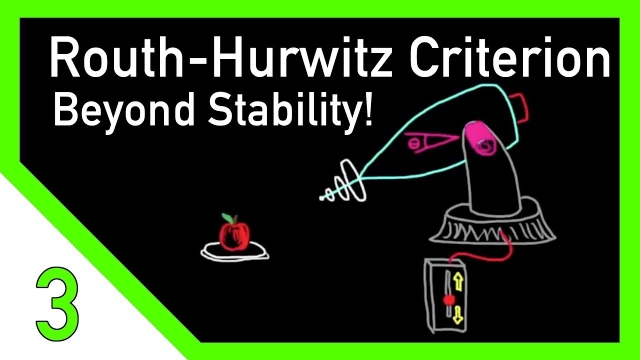
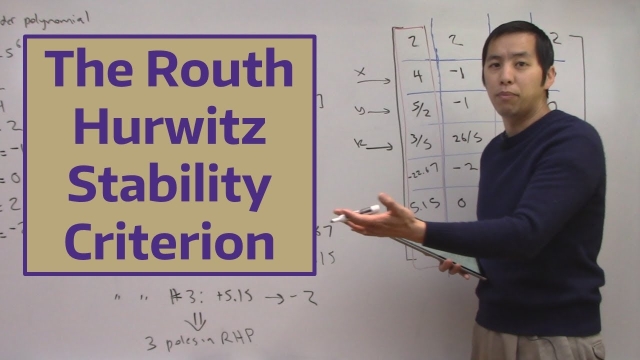

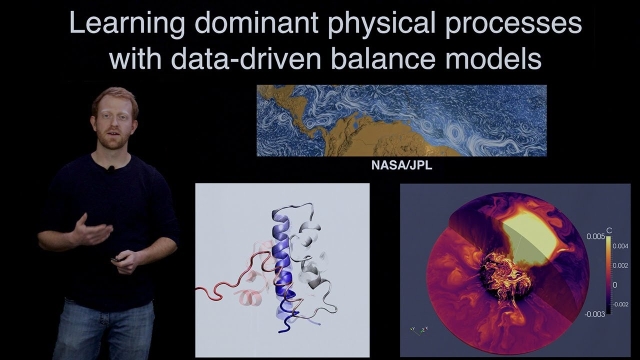
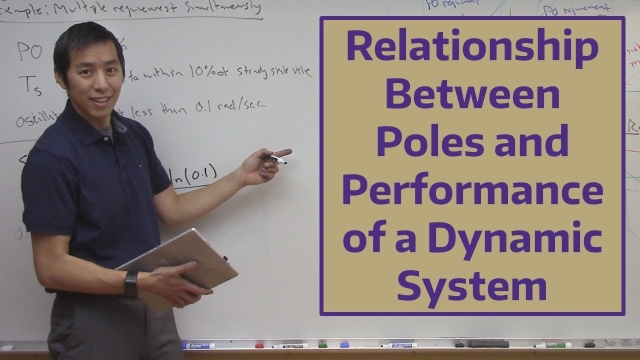
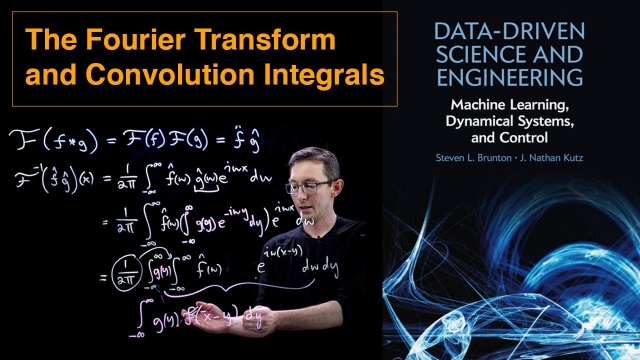
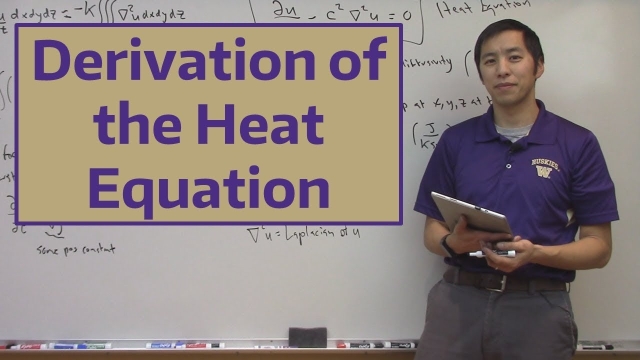
![Cayley-Hamilton Theorem [Control Bootcamp] Cayley-Hamilton Theorem [Control Bootcamp]](/sites/default/files/styles/search_resulkts/public/2020-12/maxresdefault_395.jpg?itok=Xi08rPqq)
